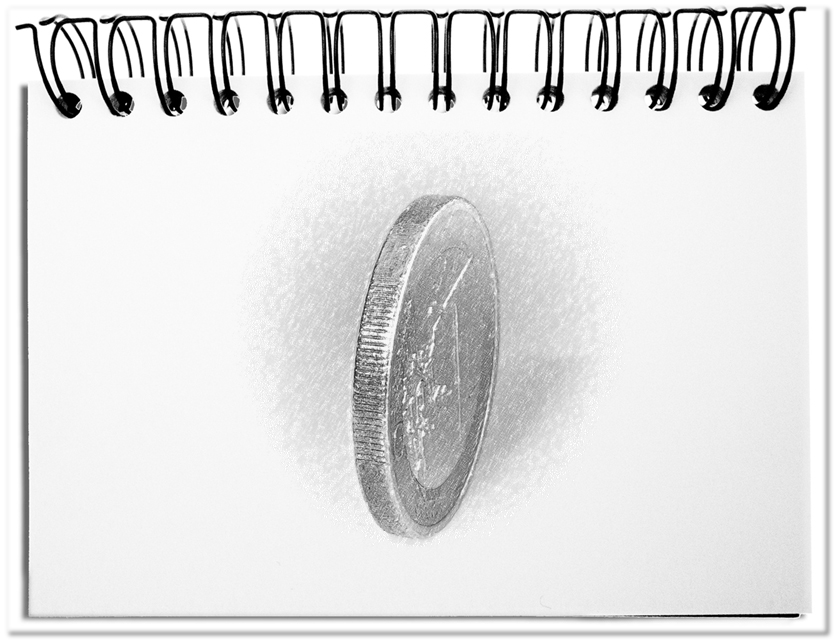The positive prospects often outshine potential disadvantages. An enticing result is sufficient, in order to tackle a thing, without trying to get to the bottom of the disadvantages that result from it. Accordingly, the possible deficits deter from the use of an opportunity. Although we know it all better, we follow gladly the line of least resistance and go around the look at both sides of a coin.
The look at the two sides should always consider the following questions.
- In which context resides the issue?
- How far am I/ are we concerned with the topics?
- Is the real topic targeted? Which sub topics are already visible?
On the one side are the positive prospects, which are related to the advantages AND the disadvantages that always result from the issue.
- Which advantages are associated with the positive prospects?
- Which disadvantages have to be accepted?
On the other side are the deficits, which describe the disadvantages AND the advantages that always result from the issue.
- Which disadvantages are associated with the deficits?
- Which advantages can come up from the deficits?
Bottom line: We should aim for an overall view for all ideas, problems, tasks and projects.
1) The look at both sides of a coin is mandatory.
2) On BOTH sides, the associated pros and cons should always be specified.
This is the only way to get a meaningful overview.

